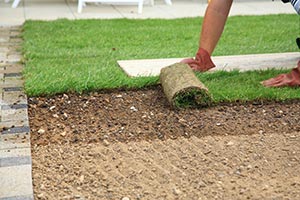Request a Free Estimate 647-500-5263
Customer Portal LoginA lush, green lawn is something to take pride in. Whether you’re laying new grass or maintaining your existing lawn, contact the professionals at Greenbloom Landscape Design for information and assistance with keeping your yard healthy.
 What Is Sod?
What Is Sod?| Pros | Cons | |
|---|---|---|
| Sod | Instant lawn |
|
| Seed | Greater range of species than sod |
|
Copyright © 2020 All Rights Reserved.
Website By WSI Comandix